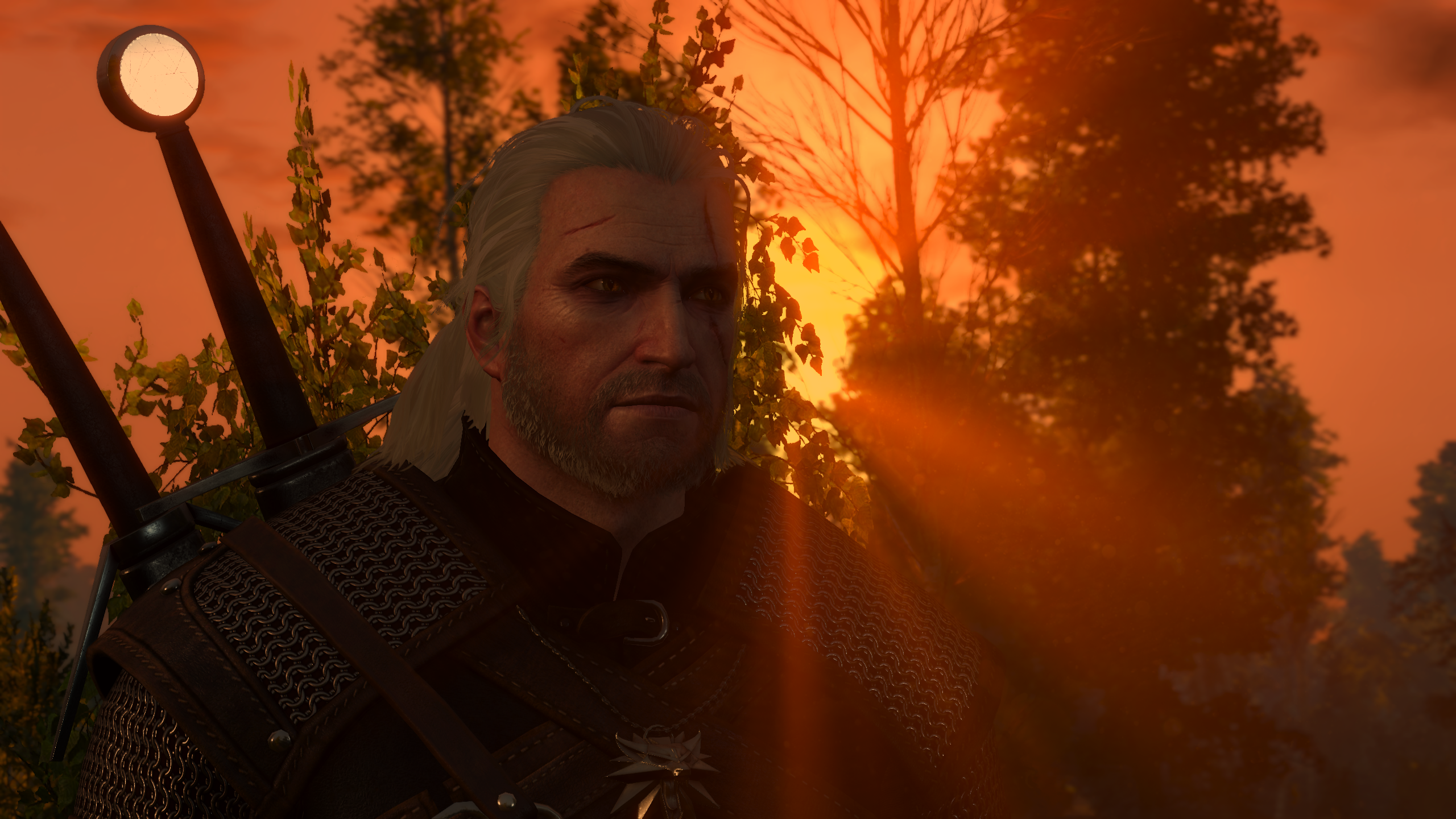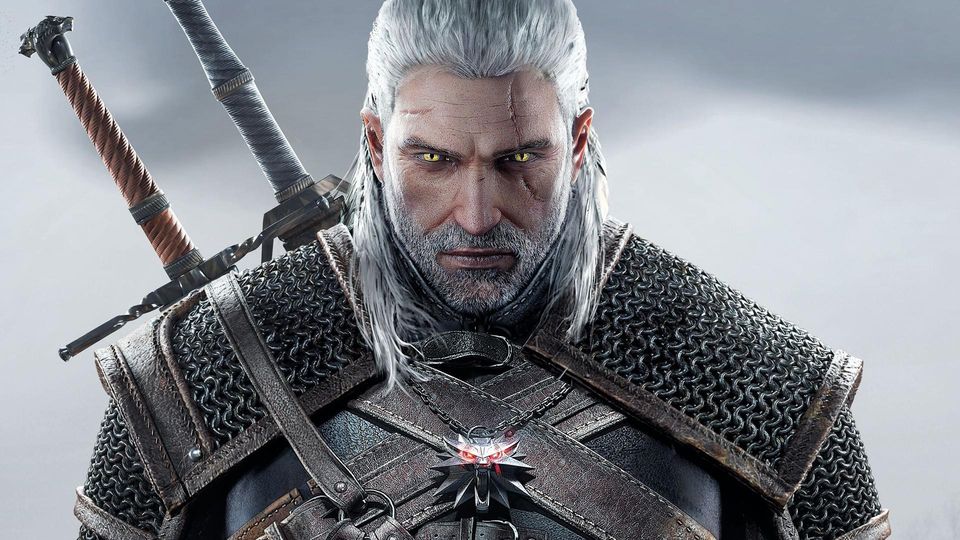The Witcher 3 performance tips and crash advice

The Witcher 3 is here. We’re playing it. You’re probably playing it. Or thinking about playing it. Or thinking about Geralt’s smouldering eyes and luscious beard. Or, perhaps, you’ve been frustratingly trying to deal with low framerates or game crashes. We’ve got some tips to help with those.
Our Witcher 3 experience has been very smooth so far on a variety of systems. I’ve only encountered one crash, running on an Intel i5-2500K CPU and a GTX 980 graphics card. Performance has also been good (but varied) between an older AMD 7950, an Nvidia GTX 980, and an Nvidia GTX Titan X. The GTX 980 can run The Witcher 3 at a solid 60 FPS with nearly every setting turned to Ultra, but at 1440p the framerate sits around the 40-50 fps range. But I’ve also seen the crashing issues other gamers have run into, and have collected a few potential fixes to those problems.
We have an in-depth technical analysis of The Witcher 3 coming later this week. But for now, this article will cover two topics. First, some quick tips for maintaining a higher framerate: The Witcher 3 has a ton of graphics options, and tweaking a few of them can make the difference between a middling 45 fps and a solid 60. Second, some observations about Witcher 3 crashing problems and some potential solutions.
Tweaks for those precious frames per second
The obvious first: if you have an Nvidia graphics card, update to the latest drivers through the GeForce Experience. AMD hasn’t released a driver optimized for The Witcher 3 yet, but Nvidia’s latest driver includes Witcher 3 optimizations.
— Turn Foliage Visibility Range down by one step. If you’re playing on high, set it to medium; if you’re on ultra, set it to high. This can increase your framerate by a solid 10 fps. While standing on a high peak, I turned Foliage Visibility Range from Ultra down to High and didn’t even notice a difference in what was being rendered. My framerate immediately improved by almost 10 fps. And once I started moving around, that framerate improvement fluctuated from about 7-15 fps higher than it was with Foliage Visibility Range on Ultra. It’s a trade-off well worth taking.

— Turn off Nvidia HairWorks. If you’re using an Nvidia graphics card, turning this setting off can give you another 5-10 frames per second. We’ve been playing with it on and off, and we don’t think there’s much to miss here. The tessellation of HairWorks is especially demanding on older Nvidia cards, but even on a GTX 980 we noticed an across-the-board 5-10 fps dip with HairWorks enabled, even with just Geralt on screen. Nvidia’s own benchmarks with two Titan X GPUs in SLI running at 4K show a 15-20 fps difference between Hairworks enabled/disabled. And while you can see a pretty big difference on certain beasts, we don’t think Geralt’s hair looks that great even with HairWorks enabled. Sorry, Geralt—a fancier hairdo isn’t worth 10 fps.
— Turn down Shadow Quality. If you’re still reaching for 60 with Foliage Visibility turned down and HairWorks disabled, setting shadows to high or medium
The biggest gaming news, reviews and hardware deals
Keep up to date with the most important stories and the best deals, as picked by the PC Gamer team.
Finally, you can always overclock your graphics card to increase performance. If your card didn’t come with a factory overclock, and you’ve never overclocked before, follow our overclocking guide. This could get you another 10-15% performance. If you start experiencing crashes after overclocking, Witcher 3 is probably pushing your card’s power limits or temperatures too hard. Dial back the overclock until it’s stable.
Tips for Witcher 3 crashes and issues

The Witcher 4: What we know
The Witcher season 3: Trailers and cast
Witcher 3 mods: Good hunting
The Witcher books: Where to start
We’ve seen Witcher 3 performance reports vary as much as you’d expect for a giant open world game. Some players are cruising along with no issues, while others are running into regular, frustrating crashes. Here are a few early solutions we can off to some of the problems we’ve seen reported.
— Sluggish or erratic mouse controls? In the graphics options, enable Hardware Cursor. This will use RawInput from your mouse, and will hopefully correct any issues you’re having with the mouse cursor.
— Switch from Borderless Windowed to Fullscreen. The Witcher 3 defaults to Borderless Windowed, which can make it easier to Tab in and out of a game. Switching to fullscreen, though, may fix a number of issues. If you’re experiencing stuttering, crashes, have a multi-monitor setup or SLI graphics cards, switch to fullscreen. It may solve your problems.
— Disable as many background applications as you can—it’s possible something doesn’t play nice with The Witcher 3 and is causing some crashes. If the game is more stable as a result, you can use process of elimination to find the culprit.
— Stuttering or unsatisfying performance during cutscenes? Locate the visuals.ini file in The Witcher 3 Wild Hunt\bin\config\base folder. Open the file with notepad and change MovieFramerate=30 to MovieFramerate=60. You may need to change the ubersampling value to false if performance can’t keep up.
Still experiencing crashes or lackluster performance? You may need to roll back drivers. Some users and benchmarks have claimed that Nvidia’s 700-series GPUs are performing unusually poorly in The Witcher 3. Reverting to an older driver may net you better performance, even if it’s not optimized for The Witcher 3.
Further driver and game updates will undoubtedly improve performance and stability for The Witcher 3, but for now, these are the easiest changes you can make to keep the game running smoothly.
Have some tips of your own to dispense? Having problems that none of these tips solve? Post in the comments, and other players may be able to help you out with their own tweaks.

Wes has been covering games and hardware for more than 10 years, first at tech sites like The Wirecutter and Tested before joining the PC Gamer team in 2014. Wes plays a little bit of everything, but he'll always jump at the chance to cover emulation and Japanese games.
When he's not obsessively optimizing and re-optimizing a tangle of conveyor belts in Satisfactory (it's really becoming a problem), he's probably playing a 20-year-old Final Fantasy or some opaque ASCII roguelike. With a focus on writing and editing features, he seeks out personal stories and in-depth histories from the corners of PC gaming and its niche communities. 50% pizza by volume (deep dish, to be specific).

